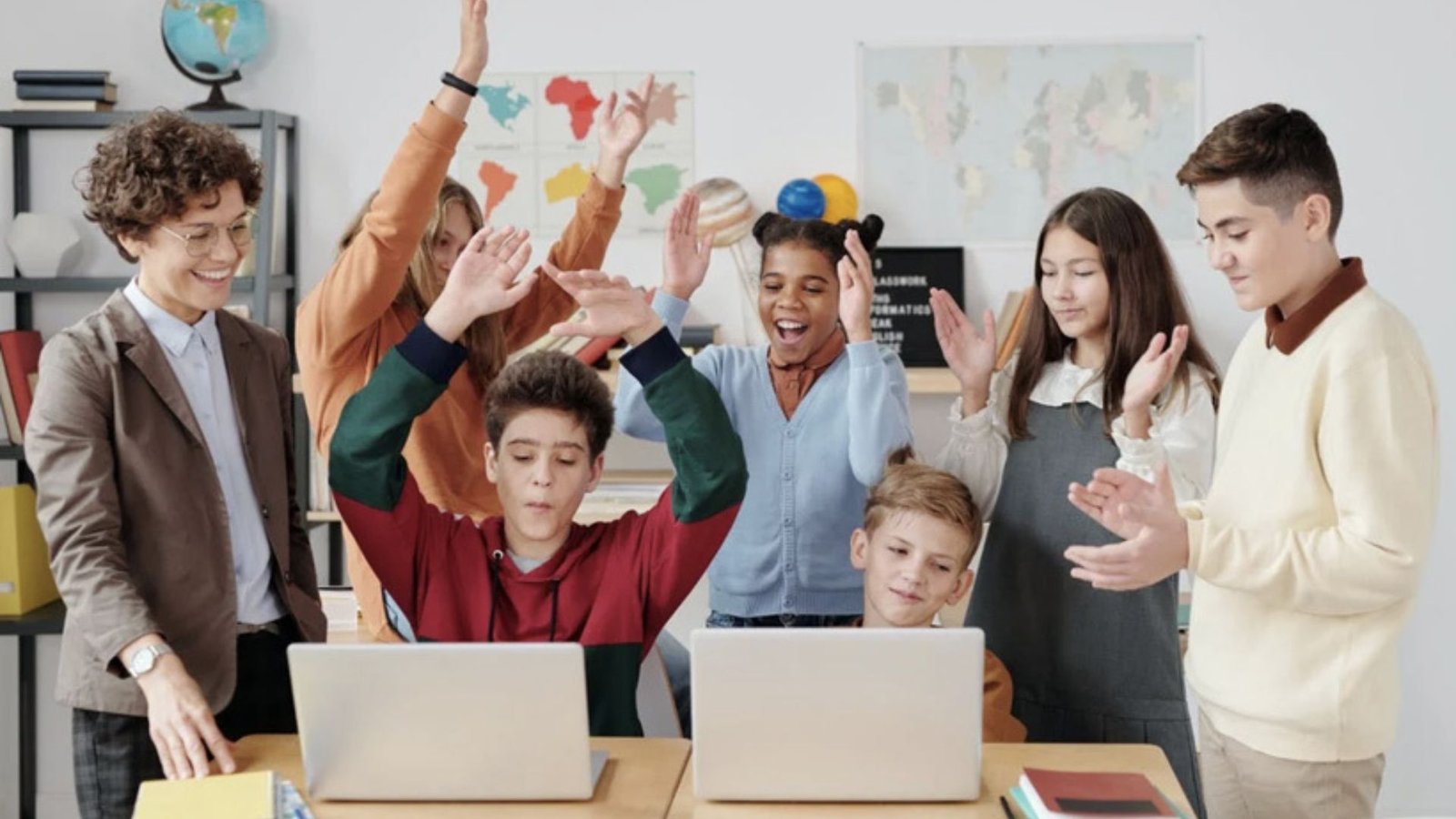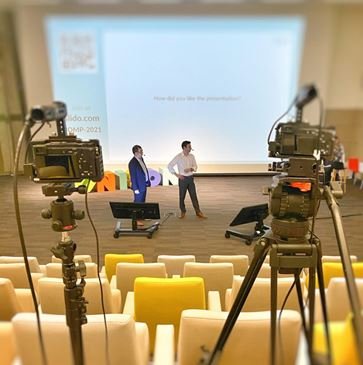The impact of multimedia on modern education has revolutionized the way students learn and interact with educational materials. Multimedia, which includes text, images, audio, video, and interactive content, has become an essential tool in education, fostering engagement, enhancing learning experiences, and making education more accessible to a wider audience. In this post, we will explore how multimedia influences education, the benefits it offers, and the challenges it presents.

Enhancing Student Engagement Through Multimedia
The impact of multimedia on modern education is particularly evident in how it enhances student engagement. Traditional education methods, which often rely solely on textbooks and lectures, can be less effective in capturing students’ attention, especially in today’s digital age. Multimedia introduces dynamic elements such as videos, animations, and interactive simulations that make learning more exciting and relatable.
For example, subjects like science or history can come alive through multimedia presentations that allow students to visualize complex concepts or historical events. A well-produced video on a historical event can create a more profound emotional connection than reading a textbook alone. Moreover, multimedia elements such as quizzes, interactive charts, and gamified learning activities keep students motivated and actively involved in the learning process.
Improved Retention and Understanding
Another critical impact of multimedia on modern education is its ability to improve retention and understanding. Multimedia allows educators to cater to different learning styles, whether visual, auditory, or kinesthetic. Visual learners, for example, can benefit from images, diagrams, and videos, while auditory learners may prefer listening to podcasts or audio lectures.
Additionally, multimedia helps break down complex concepts into more digestible parts. For example, animations in biology classes can help illustrate the intricate processes of cellular functions in a way that is easy to understand. Through repeated exposure to multimedia content, students can better retain the information they are learning, leading to improved academic performance.
Accessibility and Inclusivity
The impact of multimedia on modern education extends beyond engagement and retention, as it also contributes to greater accessibility and inclusivity in education. Multimedia technologies have made learning materials more accessible to students with disabilities. For instance, students with hearing impairments can access subtitles or sign language interpretations, while visually impaired students can use screen readers or access audio content.
Moreover, multimedia platforms provide flexible learning options, allowing students to access educational materials anytime and anywhere. Online courses and e-learning platforms make it possible for students from different geographical locations to access high-quality education, helping bridge the gap between privileged and underprivileged learners.
Challenges of Integrating Multimedia in Education
While the impact of multimedia on modern education is largely positive, there are challenges that come with its integration. One of the primary challenges is the digital divide, where students in underfunded schools or low-income areas may not have access to the necessary technology or internet connections required to take full advantage of multimedia-based education. This creates inequalities in educational opportunities.
Furthermore, teachers need proper training to effectively incorporate multimedia into their teaching methods. While multimedia offers a range of benefits, it can be ineffective or even counterproductive if not used appropriately. Teachers must know how to curate content, manage screen time, and balance traditional learning methods with digital tools.
The Future of Multimedia in Education
Looking forward, the impact of multimedia on modern education is expected to continue growing. With advances in technology, immersive learning experiences such as virtual reality (VR) and augmented reality (AR) are becoming more prevalent. These tools offer unprecedented opportunities for experiential learning, allowing students to explore virtual worlds, conduct virtual science experiments, or visit historical sites without leaving the classroom.
Additionally, artificial intelligence (AI) is transforming the way educational content is delivered. AI-powered platforms can personalize multimedia content based on individual students’ learning styles and needs, offering tailored learning experiences that are far more effective than a one-size-fits-all approach.
Conclusion
In conclusion, the impact of multimedia in learning is undeniable, offering numerous benefits such as enhanced engagement, improved retention, and increased accessibility. However, challenges like the digital divide and the need for teacher training must be addressed to ensure that all students can benefit from these technologies. As multimedia continues to evolve, its role in shaping the future of education will only grow, making learning more interactive, inclusive, and effective for all.











